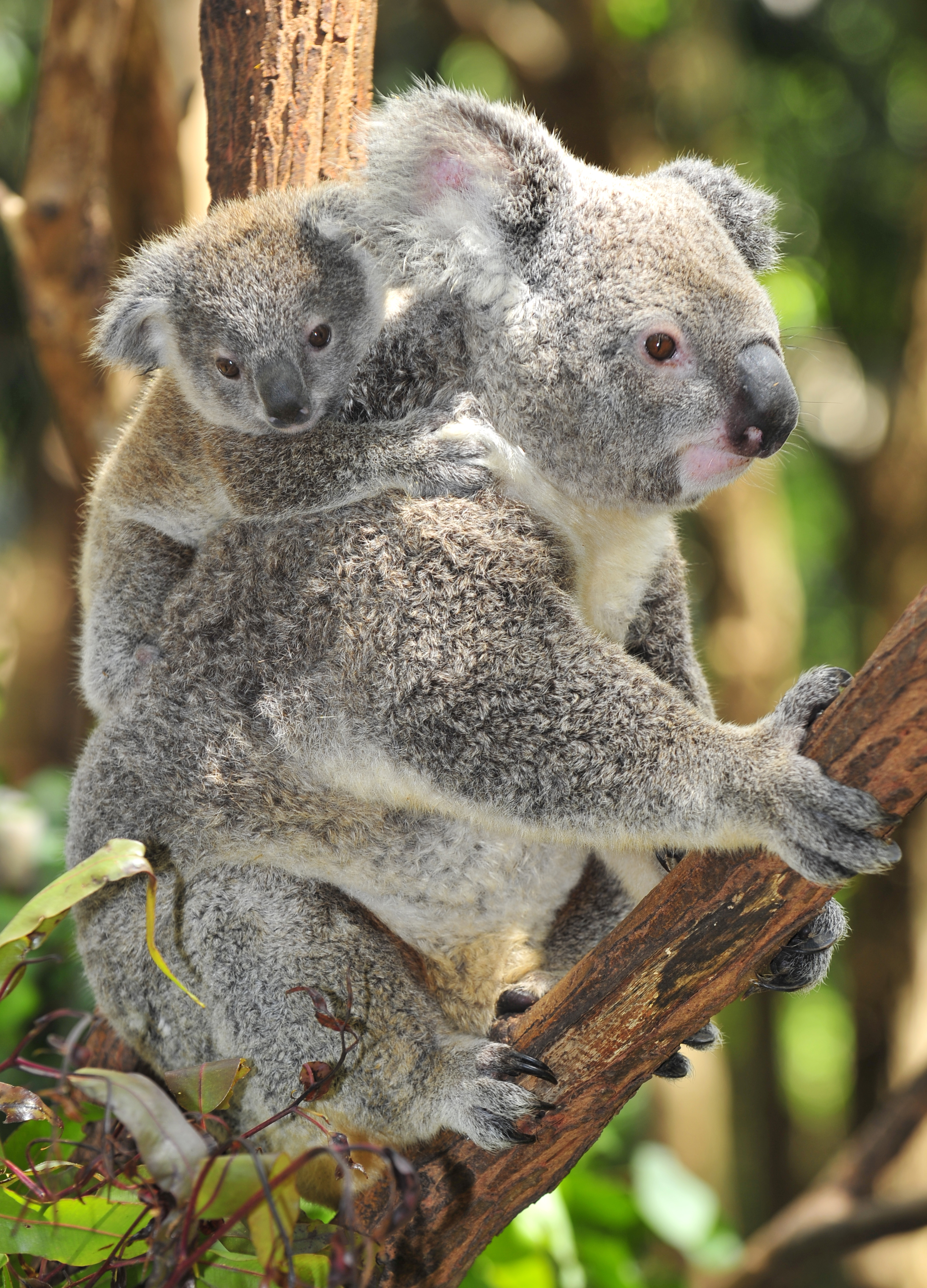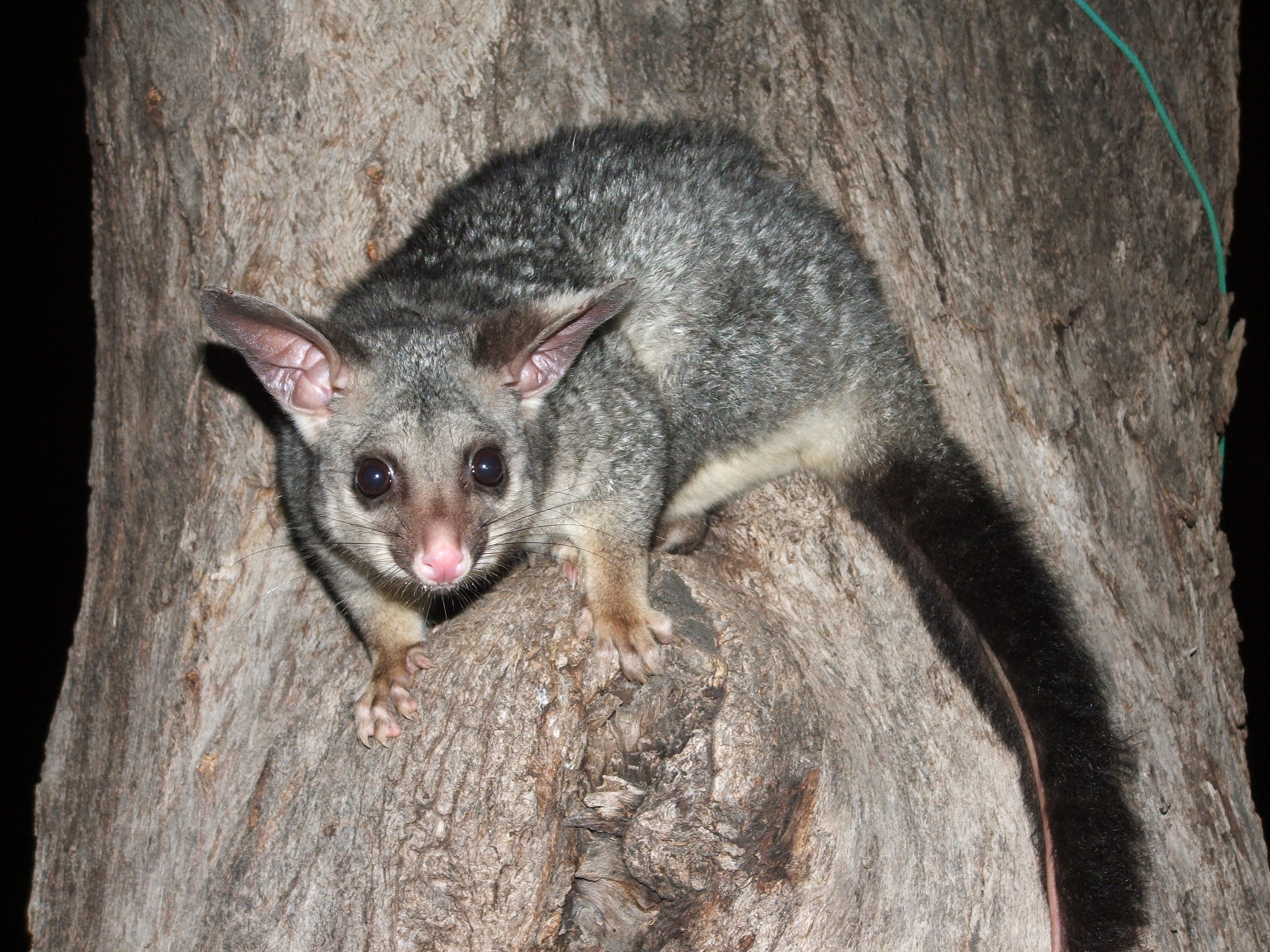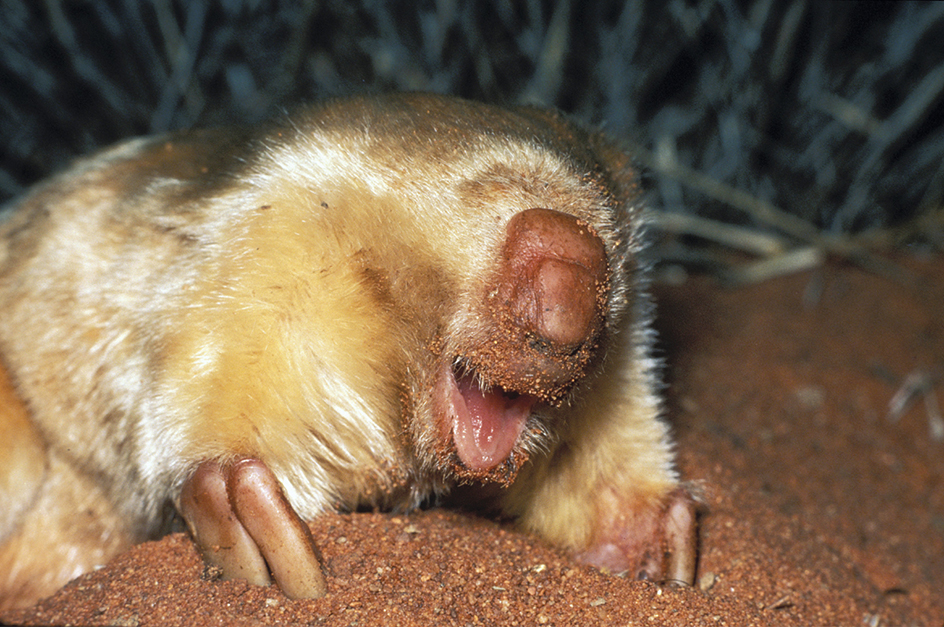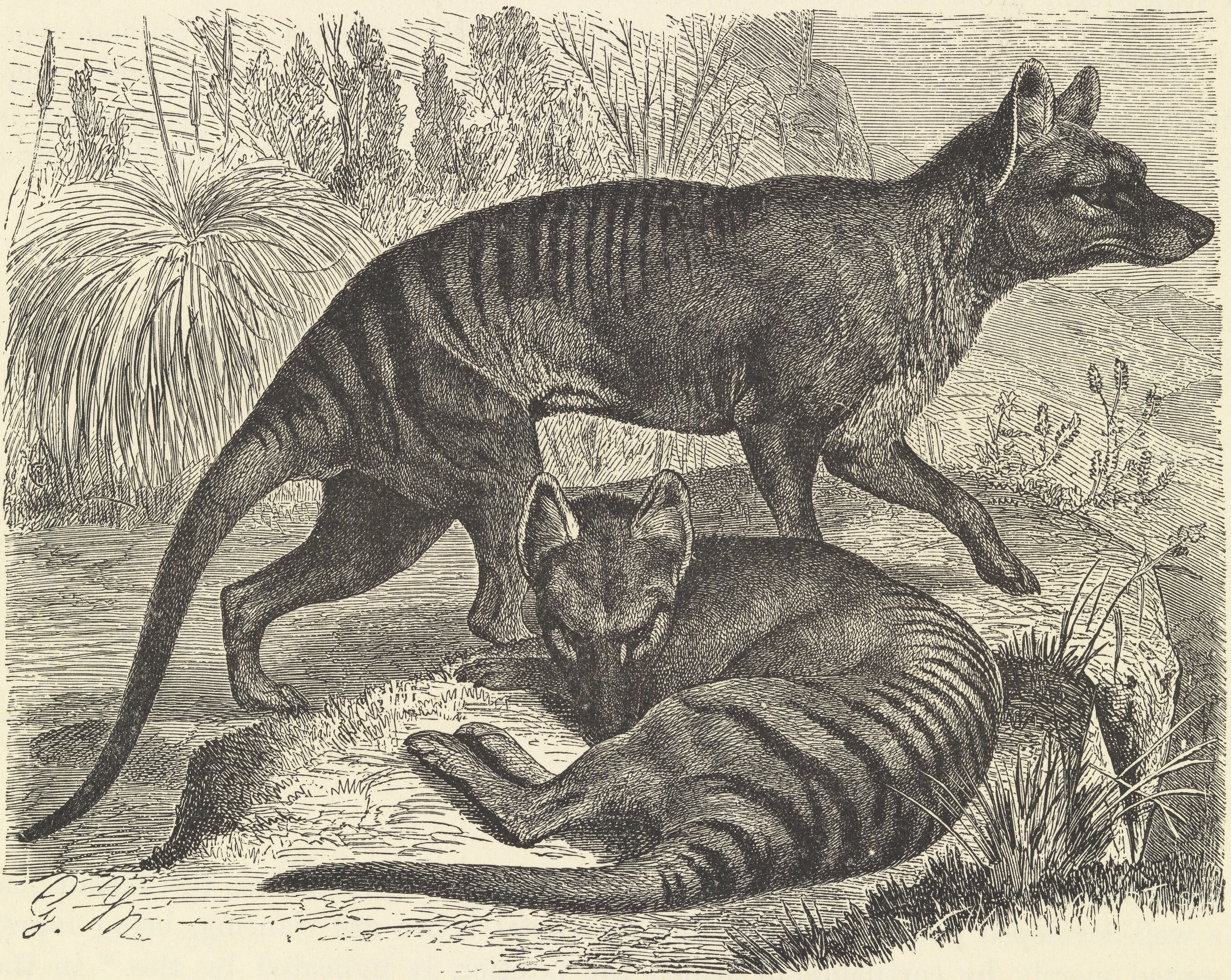Marsupial is a mammal whose young are born in an extremely immature state. The newborn undergoes most of its development attached to one of its mother’s nipples and is nourished by her milk. Marsupial females usually have a marsupium (pouch) to protect the babies.
There are several hundred species of marsupials, all of which live in either the Americas or Australasia. They include kangaroos, opossums, and the koala. Marsupials inhabit many environments, including forests, plains, and deserts. Kangaroos are the biggest marsupials. Male red kangaroos can grow about 6 feet (1.8 meters) tall. The smallest marsupials are the shrewlike ningauis, some of which weigh less than 1/10 ounce (3 grams).
Loading the player...How marsupials grow
Characteristics of marsupials.
Marsupials differ from other mammals by giving birth to extremely underdeveloped young. Most mammals give birth to relatively well-developed offspring. Such mammals are called placentals. At the other extreme are monotremes, which lay eggs. See Mammal (Reproduction).
At birth, a marsupial is expelled from the birth canal near the base of its mother’s tail. It wiggles along the mother’s fur until it reaches the nipples. The newborn marsupial attaches itself to a nipple and begins to nurse. The nipple expands in the youngster’s mouth, so there is little danger of separation. A young marsupial stays attached to its mother’s nipples for several months. Then it separates itself from its mother but continues to stay close to her. The young of tree-dwelling marsupials, such as possums and the koala, cling to their mother’s back after they have left the pouch. They remain there until they no longer need the mother’s milk.

Marsupials also differ from placentals in the details of their skeleton. Marsupials possess two bones, called the marsupial bones or epipubic bones, that extend forward from the pelvis. No placental has this skeletal feature.
Kinds of marsupials.
There are seven orders (major groups) of marsupials. Three are native to the Americas. Plant-eating opossums make up one of the American groups. The common opossum is the only marsupial found north of Mexico. Other opossums live in Central and South America. Another American group contains the caenolestids, also called the rat opossums or shrew opossums. They live in western South America and eat mostly insects and other invertebrates. The third American group consists of one species, the monito del monte. This small nocturnal mammal eats mostly insects.
The remaining four marsupial orders are native to Australia, New Guinea, and nearby islands. Dasyurids are mostly small, insect-eating animals. But this order also includes such larger species as the meat-eating quolls and Tasmanian devil.

Diprotodonts make up a wide variety of plant-eating marsupials. One group, the macropods, include kangaroos and wallabies. These grass-eating animals have hind legs larger than their front legs. Other diprotodonts are called possums, but they should not be confused with opossums of the Americas. Most possums live in trees and eat mainly fruits, flowers, and nectar. Some possums evolved as gliders. Two well-known types of diprotodonts, the wombats and the koala, are closely related. Wombats are burrowers and eat mainly grasses. The tree-dwelling koala eats eucalyptus leaves.

The last two orders of Australasian marsupials are the bandicoots and the marsupial moles. Most bandicoots have long, pointed noses that they use to root in the soil for insects. The burrowing marsupial moles resemble true moles. They eat mostly insects and worms.

History of marsupials.
Scientists believe marsupials originated on a large continent that later split into smaller pieces. The marsupials remained on only two of the pieces—what are now South America and Australia. Many American marsupials became extinct due to competition with placentals. But the Australian species flourished because they were isolated from most placentals.

Many Australian marsupials face extinction. They are threatened by human destruction of their habitat and by such animals as foxes, rabbits, and dingoes, which were brought to Australia by human beings.
